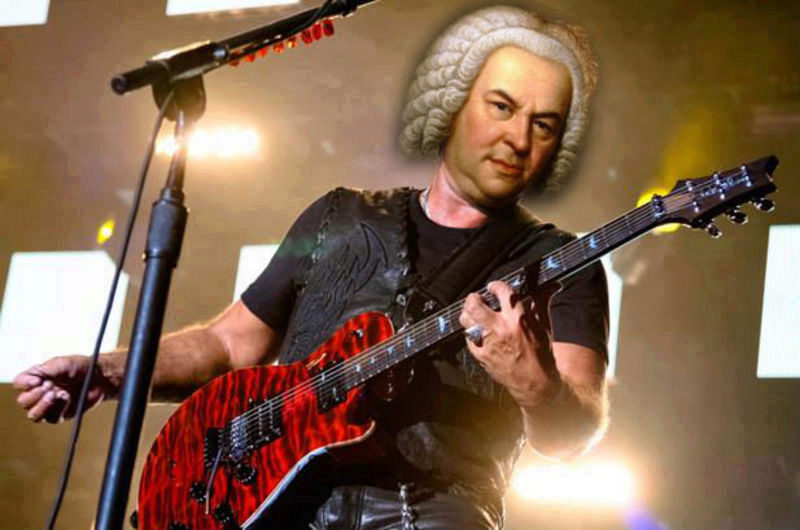If Bach Wrote Don't Stop Believin'

"Just a small town girl
Living in a lonely world
She took the midnight train
Going anywhere"
-Journey
Admit it, you were singing along! Not to dismiss the importance of good lyrics, I've always been more attached to melodies, harmonies and bass lines than lead vocals; I learned all the notes in this song long before I knew all the words. Whether you love Journey's lyrics, instrumentals, or hate Journey entirely, I hope that you enjoy this version of "If Bach Wrote."
Full Audio
Welcome back...
To the second installment of If Bach Wrote... (IBW). If Bach Wrote... (IBW) is a personal project of mine where I regularly pick an iconic tune from pop culture, extract melodic material from it, and compose a fugue with that melody as the subject.
A handful of weeks ago I did a polyphonic treatment of Lil Jon and DJ Snake's "Turn Down for What" and was pleasantly surprised by the number of hits it got. People more or less had nice things to say about it, too. So, if you listened: thank you!
Original
First, you may want to view the score. I'm convinced that all American citizens have this song tattooed on their brains, but just in case you want to hear it ooooone moooore tiiiiime, here's a link to the original recording. I decided to take the left-hand half of the piano part from the intro as this fugue's subject and answer.
In notation:

Subject, in E major: I V vi IV

Tonal Answer, in E major: V ii-V42 IV V6
This fugue makes use of two countersubjects:

Countersubject 1

Countersubject 2, free counterpoint thereafter
You may notice that Countersubject sounds a tiny bit like the right-hand piano part of the song - this was unintentional but welcome.
The exposition is strict with very little free counterpoint, so it's over fairly quickly for a four-voice fugue. The development begins in measure 17. The subject is stated many times throughout the piece per se, in simplified rhythms, augmented, and inverted. I am particularly proud of measures 49-59, where the subject is iterated concurrently per se and in augmentation.
The tonal outline of the piece is:
- (mm1) E major
- (mm~25) C# minor
- (mm35) A major
- (mm41) F# minor
- (mm45) A major
- (mm49) D major
- (mm53) C# minor (Not quite what Bach would do, but I couldn't resist)
- (mm60) E major
Tweet me!
I'm on the Twitter: @jbones3000. Say hey!